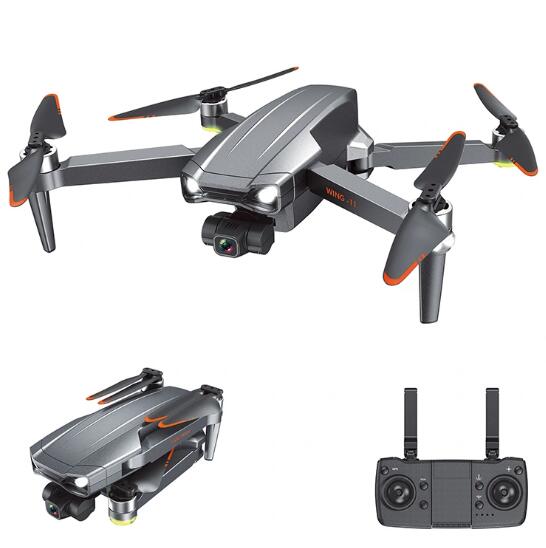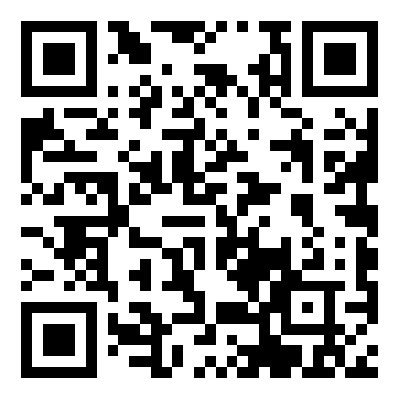How to Maximize Your Experience with the 5G Foldable Brushless GPS Gimbal RC Drone
2024-08-19
Introduction
Owning a 5G Foldable Brushless GPS Gimbal RC Drone is an exciting opportunity to explore the skies and capture stunning aerial footage. However, to truly get the most out of your drone, it’s essential to understand its features and learn how to use them effectively. In this blog, we’ll share tips and best practices for maximizing your experience with this advanced drone, ensuring you capture the best footage while flying safely and efficiently.
Understanding the 5G Connectivity Advantage
The 5G connectivity of your drone provides a significant boost in real-time control and video transmission quality. To fully leverage this feature, make sure you’re flying in areas with strong 5G network coverage. This will ensure that you experience minimal latency during video streaming and maintain a stable connection throughout your flight.
If you’re planning to fly in remote areas, consider checking network coverage maps in advance or using a SIM card from a provider with strong rural coverage. Additionally, avoid flying in areas with heavy Wi-Fi congestion, as this can interfere with your connection.
Mastering the Foldable Design
The foldable design of the drone is not just about portability; it also offers practical benefits for storage and transport. To keep your drone in top condition, always fold it carefully and store it in a protective case. This will prevent damage to the arms and propellers during transport.
When unfolding the drone, make sure that the arms are fully extended and locked in place before takeoff. This ensures stability and prevents any mid-flight issues. Familiarize yourself with the folding and unfolding process so that you can set up and pack away your drone quickly and efficiently during outdoor shoots.
Optimizing Flight Performance with Brushless Motors
Brushless motors are known for their efficiency and power, but there are ways to further optimize their performance. Regularly inspect your motors for dust, dirt, or debris, especially after flights in sandy or dusty environments. Clean the motors as needed to ensure smooth operation and prevent overheating.
To extend the lifespan of your motors, avoid pushing them to their limits continuously. For example, during long flights, take breaks or avoid constant high-speed maneuvers. This will reduce wear and tear on the motors, helping them last longer and perform better over time.
Utilizing GPS Features for Precision Flying
The GPS capabilities of your drone open up a world of possibilities for autonomous and precision flying. To get the most out of these features, start by familiarizing yourself with the drone’s GPS interface and controls.
- Waypoint Navigation: Plan your flight paths carefully before takeoff. Use waypoint navigation to capture smooth, consistent footage along a predefined route. This is especially useful for complex shots or when covering large areas.
- Follow-Me Mode: Experiment with follow-me mode in different scenarios. Whether you’re tracking a moving vehicle, a person, or an animal, practice using this mode to achieve dynamic, professional-looking footage without needing manual control.
- Return-to-Home: Always set your home point before takeoff. This ensures that the return-to-home feature functions correctly if the drone loses signal or the battery runs low. Regularly check the GPS signal strength to ensure accuracy.
Achieving Smooth Footage with the Gimbal
The gimbal is one of the most critical components for capturing high-quality video. To maximize its effectiveness, keep the following tips in mind:
- Pre-Flight Calibration: Before each flight, calibrate the gimbal to ensure it’s perfectly level. This will help avoid tilted horizons and ensure smooth footage.
- Camera Settings: Pair the gimbal with appropriate camera settings for the best results. Adjust settings such as frame rate, resolution, and shutter speed based on the lighting conditions and the type of footage you want to capture.
- Gimbal Movements: Practice using the gimbal controls to create smooth pans and tilts. Avoid sudden or jerky movements that can disrupt the flow of your footage. Use slow, deliberate movements to achieve a cinematic look.
Safety and Best Practices
Finally, safety should always be a priority when flying your drone. Here are some essential best practices:
- Pre-Flight Checks: Always perform a thorough pre-flight check to ensure that all components are functioning correctly. This includes checking the battery level, propeller condition, GPS signal, and motor functionality.
- Weather Conditions: Avoid flying in adverse weather conditions, such as high winds, rain, or extreme temperatures. These can affect the drone’s performance and potentially lead to accidents.
- Battery Management: Monitor your battery levels closely during flights. Return to base when the battery reaches a safe level, typically around 20-30%. Carry spare batteries for extended flight sessions.
Conclusion
The 5G Foldable Brushless GPS Gimbal RC Drone is a powerful tool for capturing stunning aerial footage. By understanding its features and following these tips, you can maximize your experience and get the most out of your drone. Whether you’re a beginner or an experienced drone pilot, these best practices will help you fly safely and efficiently, ensuring that you capture the best possible footage on every flight.



